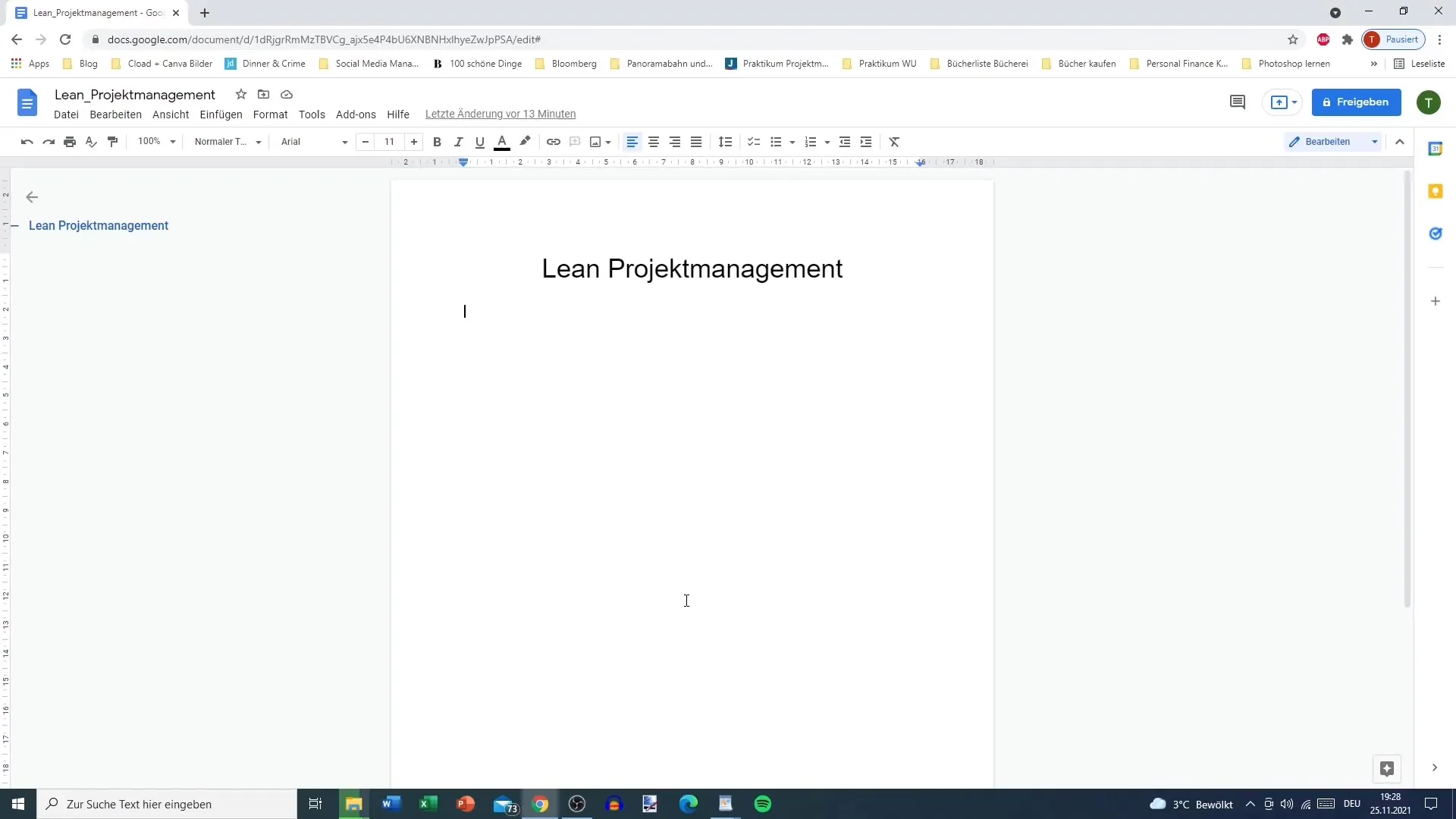Managing projects successfully requires more than just a clear plan and the right tools. One crucial aspect is the focus on customer value. In this section, I will explain how this focus is implemented in Lean Project Management and why it is essential for project success.
Key Insights
- Value is defined by the customer.
- The customer can be the direct end user or a decision maker such as a supervisor.
- Understanding customer benefits is crucial for project design.
- High customer satisfaction leads to loyalty and repeat orders.
Step-by-Step Guide
1. Define the Customer and Their Benefits
It all starts with defining the customer. Who is the customer of your project? This could be the end user, someone who buys a product or service for their needs, or a person in management who assigns tasks for your project. To position yourself correctly here, it is important to understand the customer benefit or expectations of the project.

2. Make the Benefits Visible
To determine the value, you must know what benefits the customer wants to derive from your project. For example, if you are hired to create an online store, the customer in this case could be the store owner looking to expand their traditional business online. However, viewing the benefits from the end consumer's perspective, it becomes clear that they need a user-friendly website to easily find and purchase products.
3. Consider All Stakeholders
It is crucial to consider that the customer is not always the person paying for the project. Often, there are multiple stakeholders with different demands and expectations. The shop owner may prioritize high profit, while end customers value a good shopping experience. It is important not only to focus on the immediate results for the client, but also on the general expectations of end customers.
4. Communicate Customer Benefits
Once you have identified the various wishes and needs of the customers, the next step is to clearly communicate this information. For example, you should make your client aware that the end consumer is ultimately the target audience whose satisfaction determines the success of the project. This may require presenting arguments to convince the store owner of the actual needs of the end consumer.
5. Deliver Quality
Regardless of who you are performing the project for, delivering quality is essential. High-quality work not only leads to satisfaction for your direct client, but also for end customers. When both parties are satisfied, it shapes future collaboration and increases the likelihood of more contracts or orders.
6. Increase Customer Loyalty
Customer satisfaction leads to loyalty. The more satisfied the customer is, the more likely they are to place further orders or purchases in the future. By intensely focusing on customer value, you ensure that your work is appreciated in the long term and you build a harmonious relationship with your customers.
7. Minimize Effort for Maximum Output
The final step in this process is to work efficiently. Lean project management aims to achieve the greatest benefit with minimal resources. By focusing on the customer and taking their needs seriously, you can increase speed and efficiency in project implementation.
Summary
In the first step of Lean Project Management, the focus is primarily on clearly defining the customer and their needs and placing them at the center of your project design. This focus will not only influence project success, but also increase customer loyalty and the likelihood of future orders. A systematic approach is key to meeting the requirements of all stakeholders and delivering the highest quality at the same time.
Frequently Asked Questions
What is the first step in Lean Project Management?The first step in Lean Project Management is to focus on customer value.
Who defines customer value?Customer value is defined by the customer, who can be both the direct end user and a client.
Why is it important to understand the benefit for the end consumer?Understanding the end consumer is crucial, as their satisfaction forms the basis for project success and customer loyalty.
How can I increase customer satisfaction?By delivering quality results and focusing on customer needs, the likelihood of their satisfaction and loyalty increases.
How do I align the various interests of stakeholders?By clearly identifying and communicating different expectations, you can create an understanding and find a balanced solution that is beneficial to all parties.


